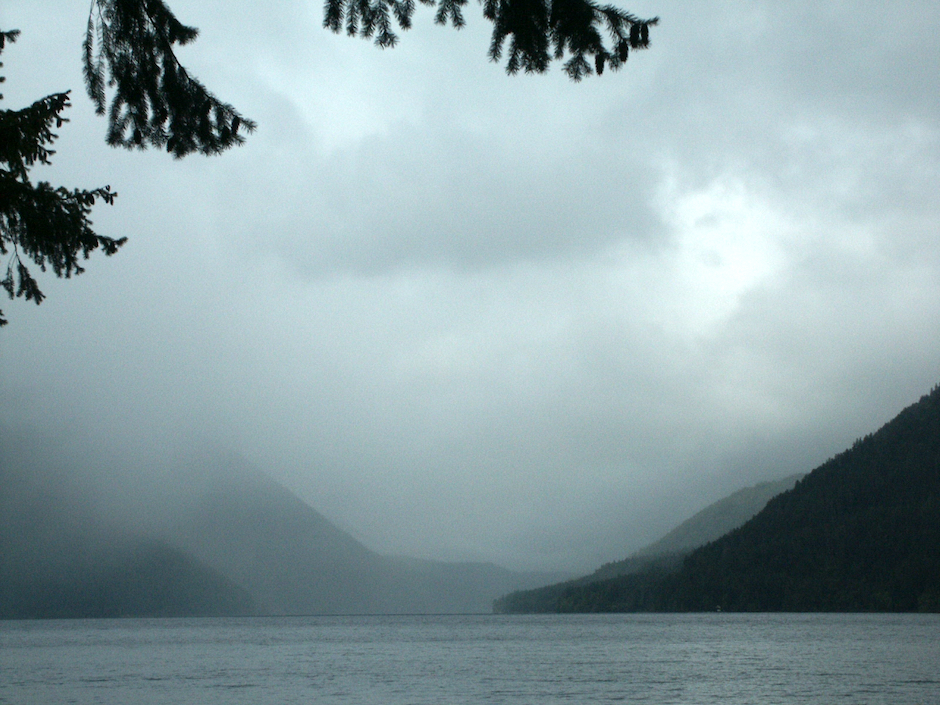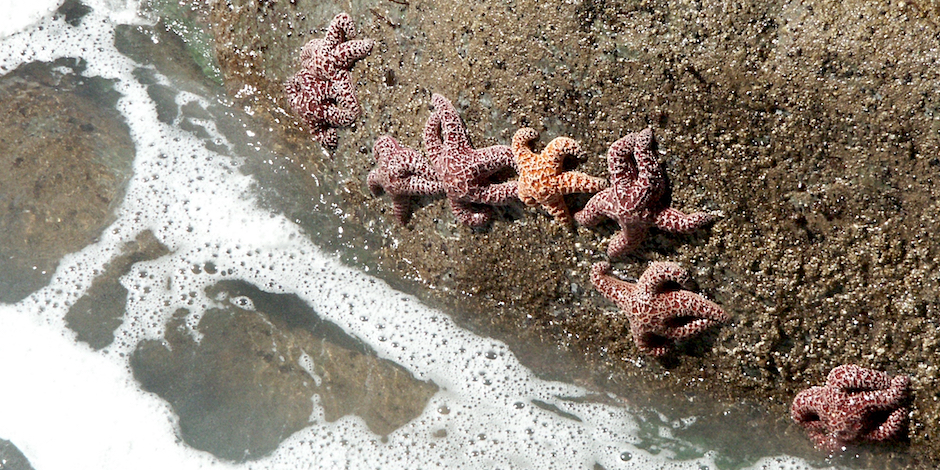
Olympic National Park, located on the Olympic Peninsula in Washington State encompasses ecosystems that range from rugged coastline and lush rainforests to towering alpine peaks. A UNESCO World Heritage Site and International Biosphere Reserve, the parks most remarkable features are Ruby Beach, the Hoh Rainforest, Hurricane Ridge and Lake Crescent.
The Hoh Rainforest, one of the finest remaining examples of temperate rainforest in the United States, receives over 140 inches of rain annually. The lush landscape is filled with towering Sitka spruce and western hemlock trees, some reaching heights of over 300 feet. The forest floor is blanketed with a thick carpet of mosses and ferns, creating another worldly atmosphere. The Hall of Mosses Trail and the Spruce Nature Trail are popular hikes where hikers can marvel at the dense vegetation and babbling brooks throughout the forest.
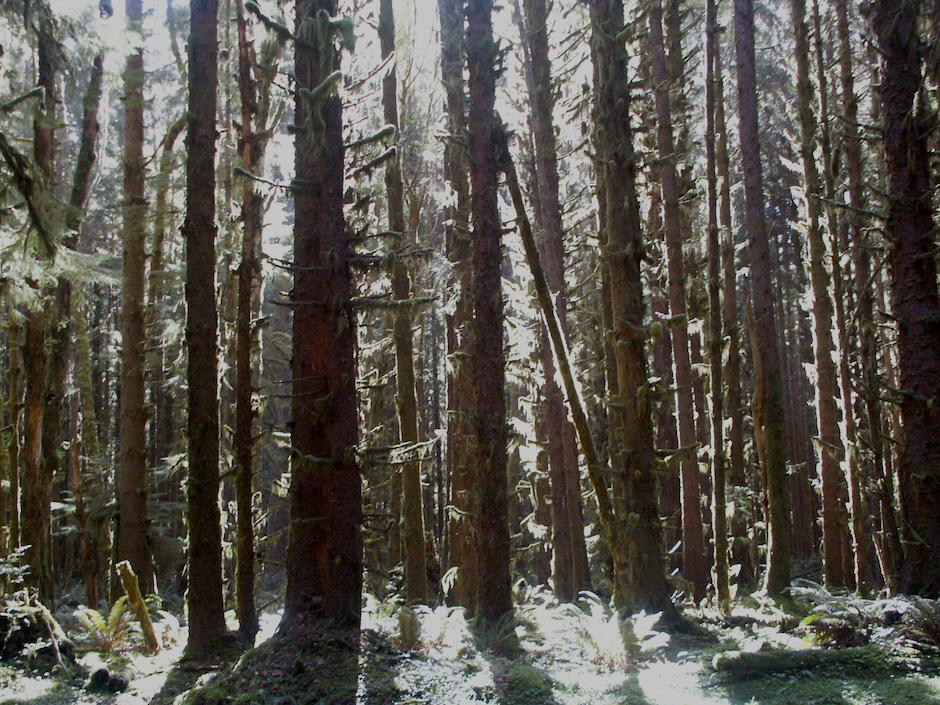
Hurricane ridge offers a completely different type of hiking experience from ridgetop trails to steep descending trails that lead to subalpine lakes and valleys. With majestic views of snowcapped mountain views and wildflowers in spring and summer. During the winter, snow lovers enjoy the winter scenery, along with snowshoeing, cross-country skiing and sledding.
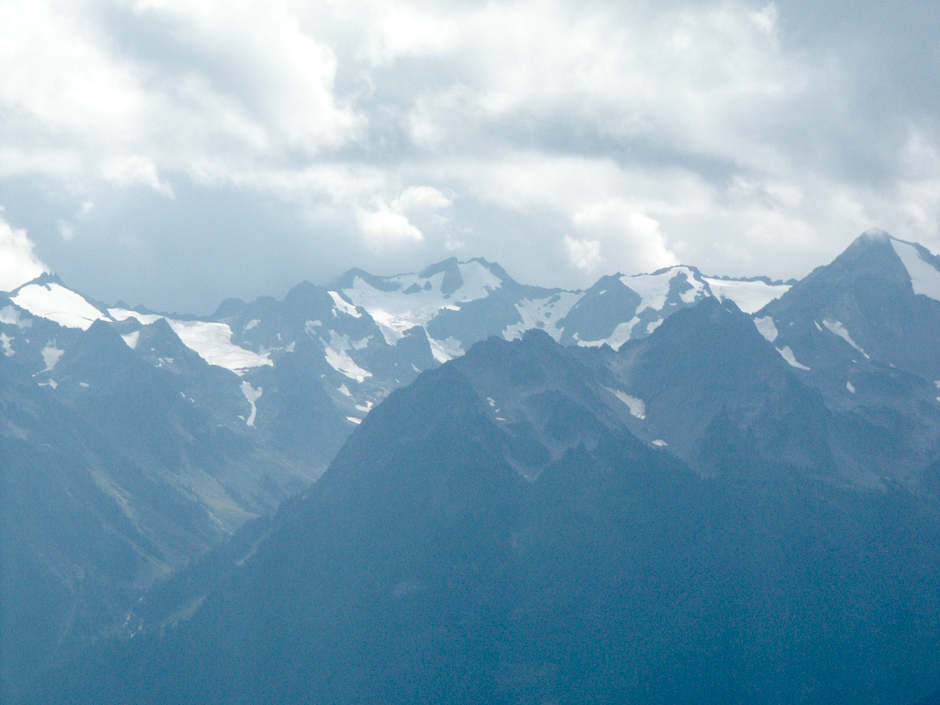
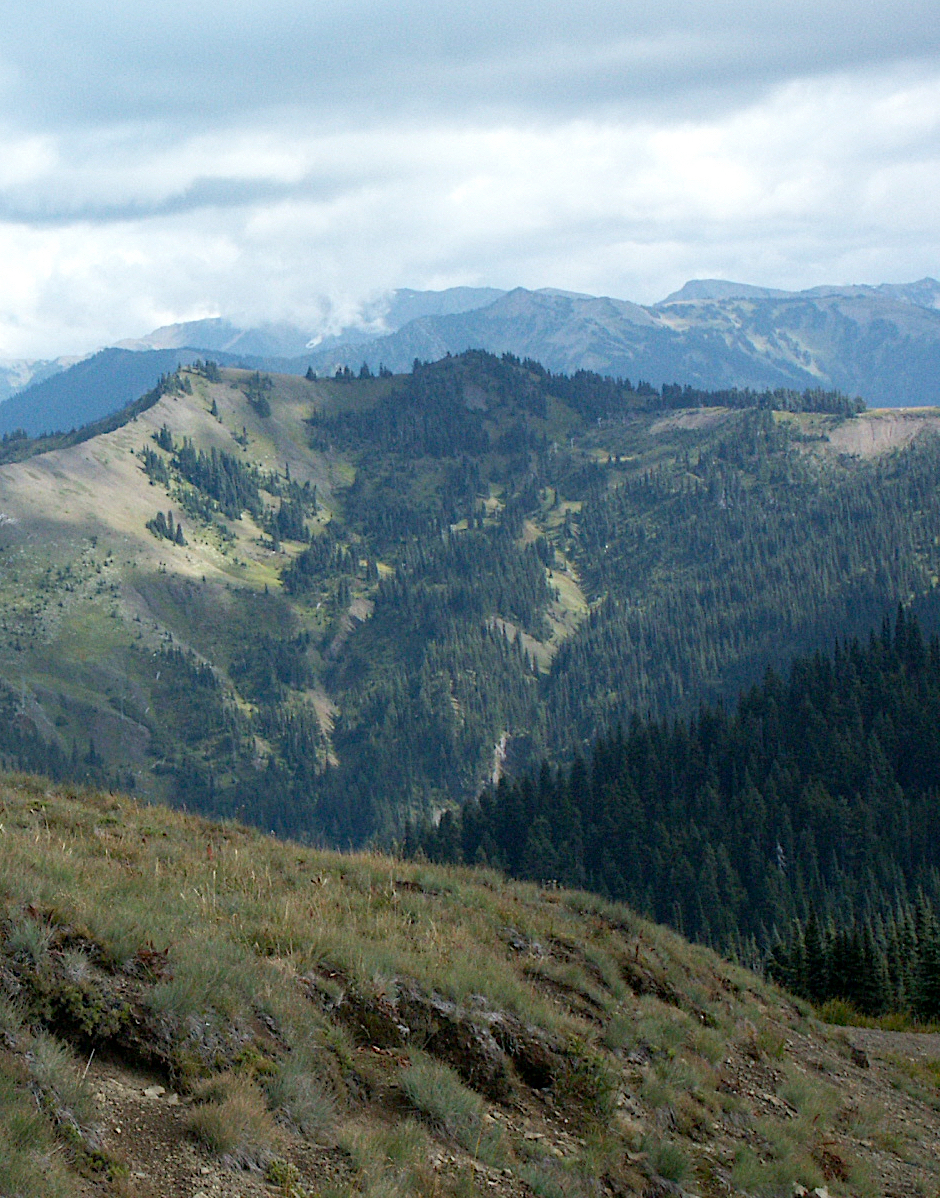
Ruby Beach, located on the park's western coast, has towering rock formations. The shoreline is covered with smooth, wave-worn pebbles and driftwood. During low tide, visitors can explore the tide pools, which teem with marine life including starfish, sea anemones, and various crustaceans, offering a hands-on educational experience for visitors of all ages.
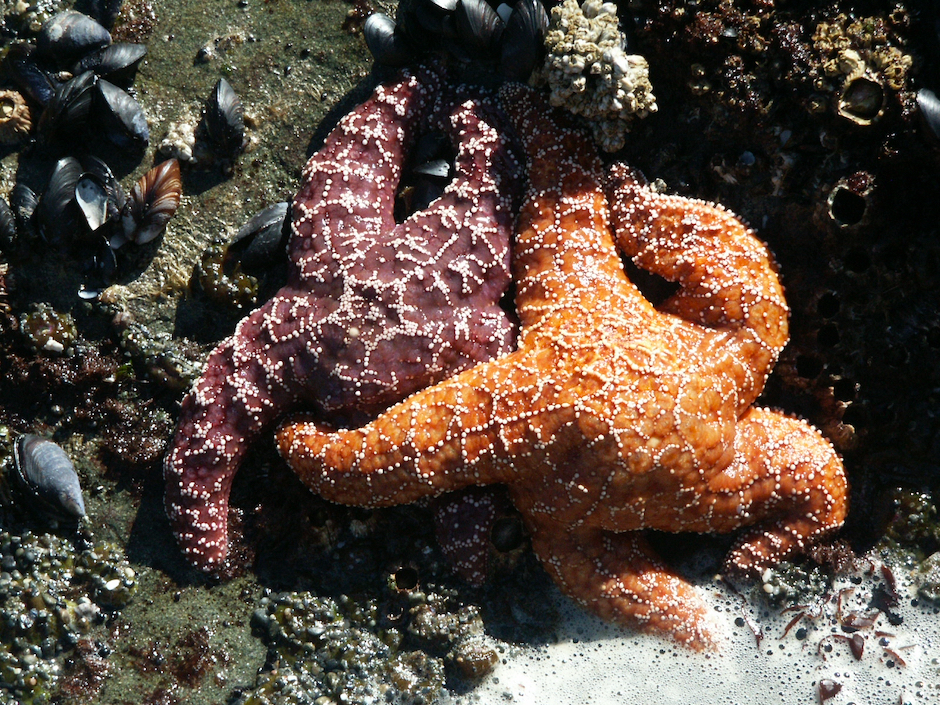
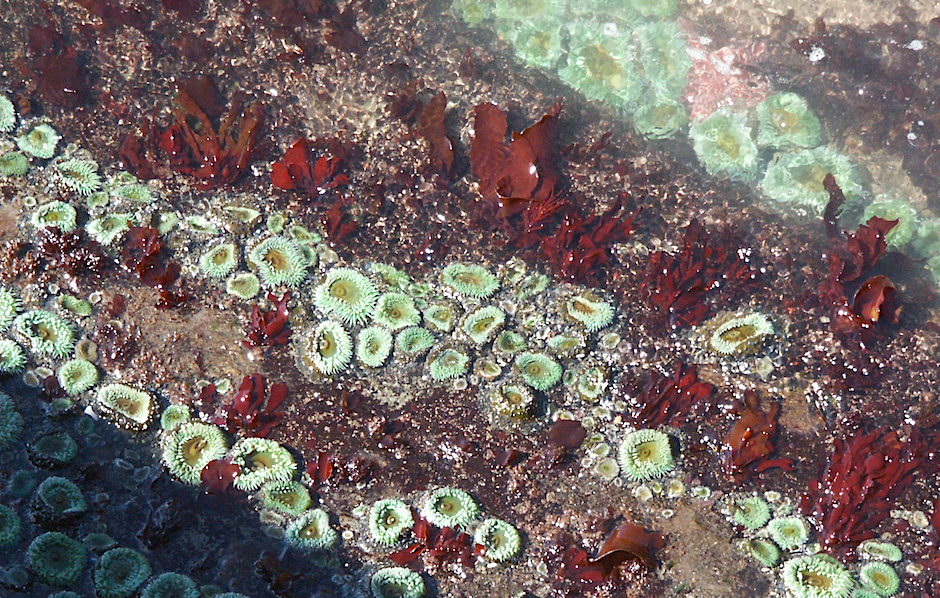
Lake Crescent, a glacially carved lake that offers boating, hiking, relating on the beach and picnicking. A massive landslide isolated Lake Crescent from Lake Sutherland approximately 7,000 years ago and the Crescenti and Beardslee trout are a unique fish that developed in the years following this event.
